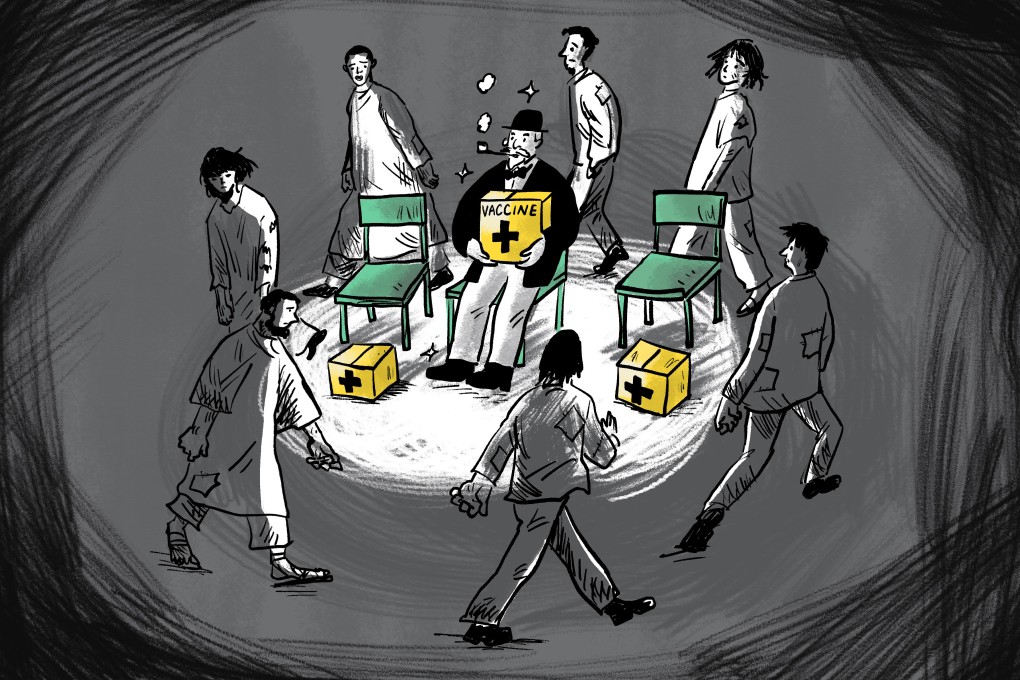Covid-19 experts agree: 2021 was a failure for vaccine distribution
- After effective vaccines were developed in record time, how shots have been allocated among rich and poor countries has been starkly uneven
- Advocates call to expand dose production worldwide as Omicron variant pushes wealthy nations to roll out boosters

Rich countries, poor countries, pharmaceutical executives and advocates for equitable access to medicines have been on different sides of the debate over what is needed to vaccinate the world against Covid-19. But they all agree on one thing: 2021 was a failure.
While 2020 brought record-speed development of effective vaccines and 2021 saw what has been called the largest immunisation campaign in history, how those shots have been allocated throughout the global population has been starkly uneven.
Last month, two former national leaders, Helen Clark of New Zealand and Ellen Johnson Sirleaf of Liberia – who also co-chaired a previous panel established by the World Health Organization to evaluate pandemic response – put it this way:
“The profit-incentivised, inequitable system for distribution of pandemic tools has led to a place where one of us lives in a country on track to fully vaccinate 90 per cent of the eligible population by Christmas, and one of us lives in a country where less than 10 per cent of people are fully vaccinated,” they wrote.
While vaccination is not the only measure needed to bring the pandemic to heel, experts agree it will not be possible to end the crisis until most of the world is vaccinated.
There are two hurdles: ensuring stable and sufficient access to doses, and overcoming challenges of distribution and hesitancy to get them into the arms of people worldwide.